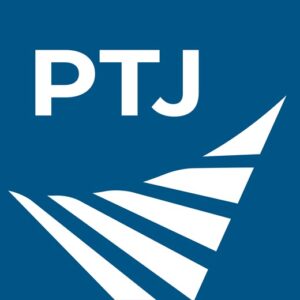Over the past 3 decades, the volume of human motor learning research has grown enormously. As such, the understanding of motor learning (ie, sustained change in motor behavior) has evolved.
It has been learned that there are multiple mechanisms through which motor learning occurs, each with distinctive features. These mechanisms include use-dependent, instructive, reinforcement, and sensorimotor adaptation-based motor learning. It is now understood that these different motor learning mechanisms contribute in parallel or in isolation to drive desired changes in movement, and each mechanism is thought to be governed by distinct neural substrates.
This expanded understanding of motor learning mechanisms has important implications for physical therapy. It has the potential to facilitate the development of new, more precise treatment approaches that physical therapists can leverage to improve human movement.

This Perspective describes scientific advancements related to human motor learning mechanisms and discusses the practical implications of this work for physical therapist practice and education.
 Blog de Fisioterapia Fisioterapia
Blog de Fisioterapia Fisioterapia



